|
“Mail me a postcard when you get there!” I remember saying that a few times. I remember hearing that even more times! Today, the postcard is a fading artifact of the past. You can still find them in souvenir stands, but like the buffalo that once roamed the plains, they are a dying breed. The better ones, the funnier ones were saved and cherished. Most of the time they were never mailed. They were bought, tossed in a suitcase, and brought home. A few of the cards you see here are from my family’s collection. My parents, grandparents… they saved these, as did many other people. Some of the most frequently-saved postcards came from one man – Bob Petley “The Cowboy Cartoonist,” “The King of Postcards,” the man who put the jackalope in your mailbox. Bob Petey began his artistic career as a layout artist for the Arizona Republic and Gazette newspapers and worked for them for three years. There, he decided to advertise his own novelty cards, “Petley’s Laff-Line.” These ads eventually led to him becoming the king of tourist and novelty postcards. In 1943 he started Petley Studios, Inc. in Arizona, which by 1979 became the nation’s largest publisher and distributor of scenic color postcards selling over 40 million cards a year. According to Petley, “I started with the cartoon because it was the simplest way to get into the business.” Of all his drawings, he claimed his favorite was “Howdy from the Middle of Nowhere,” depicting a thirsty donkey and a hungry vulture. Often this card, an ones like it, were custom printed with the names of local towns on the fronts or backs. Along with a large line of cartoon postcards, Petley had an even larger line of photo postcards. He purchased a camera, traveled the highways in a station wagon and later a Lincoln Continental. These large cars allowed him to not only carry his photographic equipment, but to serve double duty as a traveling showroom. He removed the back seats and replaced them with racks of postcards, stopping along his way to sell his products to souvenir stands. He began taking scenic photos, portraits of native Americans, and tourist attractions, then moved on to staged comic photos which were similar in humor to his cartoon cards. One example of these is of four burros with the printed caption – “Board of Directors.” It’s also interesting to note that Barry Goldwater, the former Arizona State Senator, taught him how to use his first camera. Goldwater was also the photographer for many of the Native American postcards published by Petley Studios. Not all of Petley’s photo postcards are his. He purchased about 50% of the images from other photographers. If you see a roadrunner card, he didn’t take it! He said tourists liked to buy photos of sunsets and roadrunners. He said that men were most likely to buy his novelty cards and mostly women to buy his scenic cards. More often, tourists mailed the sunset cards to friends and family while they brought home the novelty cards, stashed them away in a drawer, and brought them out for the adults to enjoy on special occasions. There is very little difference in the visuals and messages of these vintage postcards and the modern day social media memes. You can hold a postcard in your hand. You can treasure it for years as a family memento. But, I doubt the same will ever be said of a digital meme. But in either case, the humor is practically identical and people send them to each other expecting laughs. Big laughs! Many of these illustrated novelty cards were considered tacky and intensionally so! Today they may be viewed as offensive or in bad taste. This is the risk that topical humor takes. These are not issues isolated to the past and over time, what was once acceptable humor may be considered insensitive, or at the least their meanings misinterpreted. I have seen my share of political and social change over the years. All one has to do is log onto social media to see that this type of humor has not gone away. It’s important to acknowledge the time and place in which something was created.
Petley’s most famous photo postcard featuring a jackalope was not his original creation. He had purchased a stuffed jackalope in a Phoenix novelty store and photographed it to appear as a giant among the Papago Buttes, thus creating one of the world’s most famous postcards. The modern jackalope originated in Wyoming in the 1930s. The creation of Douglas Herrick and his brother, both hunters with taxidermy skills, popularized the American jackalope by grafting deer antlers onto jackrabbit carcasses. Animal hybrids are nothing new. The concept of horned rabbits has been around for centuries dating back to Medieval and Renaissance folklore. Sadly, some of these “legends” may have arisen from sightings of rabbits afflicted with the Shope papilloma virus, first described in 1933 by Dr. Richard E. Shope, M.D. He noted that some rabbits he was studying in Iowa and Kansas had...
Like many mythological creatures, origins are often based on reality and eventually through scientific study, “magical monsters” become explainable. 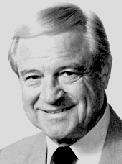 Bob Petley was born on November 11, 1912 in Akron, Ohio. He passed away on July 7th 2006. Marketing and sales seemed to be in his blood. Between 1937 and 1943, he sold candy for the Life Savers Company, sold shirts for Cluett-Peabody Co., and worked for Fisher Body Division, illustrating repair procedures for the B-29 Bomber. In 1984, Petley sold his postcard business to Southwester, Inc., a seller of souvenirs. In the late 1990s, while taking photos of tourists in old Scottsdale, he lost his footing and fell backwards. The accident forced him into a nursing home where he lived out the remaining years of his life. Sources
Albuquerque Journal; June 23, 1974 Arizona Daily Sun; December 9, 1979 Arizona Republic; April 22,1986 Arizona Republic; March 18, 2001 The Arizona Republic; July 11, 2006 Arizona Republic; July 17, 2006 The Greenville News; April 22, 2001 The New Mexican Sun; August 3, 1986 en.wikipedia.org/wiki/Jackalope
0 Comments
Cadaco Cluster Puzzles of the 1960s and 1970s 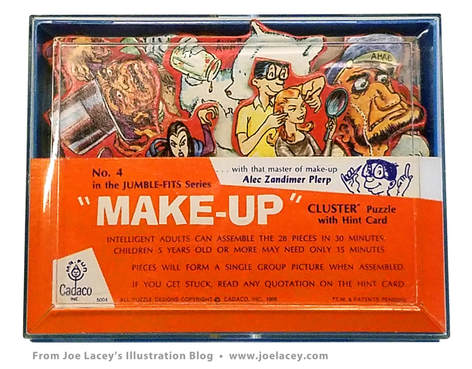 I never owned a Cluster Puzzle when I was kid, but it was carved into my memory as strongly as Mad Magazine and Wacky Packages. My best friend's family had one that they kept in a corner hutch in their kitchen. The two things I remember the most from those days, besides his mom's good cooking, was playing the Barnabas Collins Dark Shadows Game (those skeletons and that coffin were so cool!) and putting together this very strange picture puzzle illustrated with all kinds of bizarre characters. About fifteen years later I'm at an outdoor antique market filled with hundreds of vendors displaying goods in a huge field. I looked down at one display and saw a small blue plastic box with a clear lid. I picked up the box. "I know you!" It was the Cadaco Cluster Puzzle No. 4 - "Make-Up". It's funny how things stay shoved in the back of your head and then get pushed right back up front again. It was even the same puzzle! I started collecting them online and today, I have a fairly complete collection with a couple rare items, variations, and all six from the original series. But who was the master-mind behind these great puzzles? 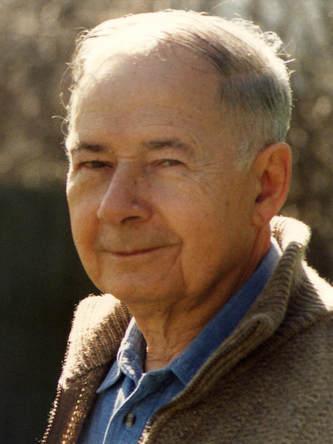 Alex D. Palmer, engineering tool designer and technical artist, first conceived of his puzzles in 1964. The puzzles were similar to the interlocking artwork of M.C. Escher and tessellation art. Produced under the name Jumble-Fits, Palmer sold and manufactured the puzzles through his own corporation, Tek Method Company in Chicago, Illinois. He started out by going from store to store, contacting catalog distributors, and even enlisting his son Kelvin to sell them door-to-door. The business was very small with packaging and office functions all happening out of Palmer's home. In 1966, he approached Cadaco, Inc., in Chicago about licensing his puzzles. Cadaco manufactured a wide variety of board games and puzzles. Palmer negotiated a distribution and royalty deal and, in 1966, Cadaco released Cluster Puzzles to the world with the original line-up of six puzzles: No. 1 - "Animals", No. 2 - "Figments", No. 3 - "Sports", No. 4 - "Make-Up", No.5 - "Doodles", and No. 6 - "Whimsies". Each puzzle came with a humorous Hint Card that would help the puzzle-challenged individual figure out each scene. The Hint Cards were every bit as fun as the puzzles themselves! With wacky character names such as Alec Zandimer Plerp, Lumpy Long Dog, Erpfrog, Hairspray Harriet, Shmonster, and Mr. Lemonsuck, Alex Palmer created an entire world, not just a puzzle. These weren't puzzles that you put together and said, "That was fun. I'm done." No, once done, you looked at them again and again, studying each character and relishing all the details. Throughout the remainder of the sixties up to 1988, Cadaco continued to produce and sell various incarnations of Palmer's Cluster Puzzles. Cadaco, like many other big toy companies, eventually was sold, subdued and now forever gone. There's a really good in-depth article about the history of Cadaco here. Alex D. Palmer passed away at the age of 92 in 2013. His son Kelvin Palmer runs The A. Z. Plerp Company, a website devoted to the collecting and historical information of Cluster Puzzles. You can learn a lot there. He also offers for sale, a very informative and fully illustrated book, "The Collector's Guide To Cluster Puzzles of the 1960s and 1970s". If you want to learn more about these unique puzzles, see some original sketches and more, then pick up a copy of the book! And remember, "intelligent adults can assemble the pieces in 30 minutes. Children 5 years old or more need only 15 minutes." Thank you, Alex D. Palmer, for putting some whimsy in the world. Whenever I work with a client, I like to pick up old product catalogs to see what they were making years ago. It's a nice way to make a connection to the past and see where my work fits into the company's history. These two books, Wilton Sugar Mold Ideas and Wilton's Wonderland of Cake Decorating Supplies were gifts I sent to the Creative Director at Wilton. I may have to get my own copies. What was I thinking?! There's so much fun art in these books! I could post every page, but here's a few of the ones that really impressed me. My services with Wilton over the years have been in product development, creative exploration and production design. Much of my work has made it into production as single items or as major parts of full product lines. I'll be posting more of my work for Wilton at a later date, but in the meantime, here's a couple cupcake products that I designed.
To see more of my art, please visit my website. |
BOOKS
by Joe Lacey 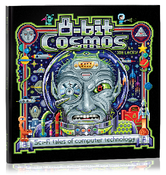
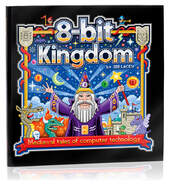
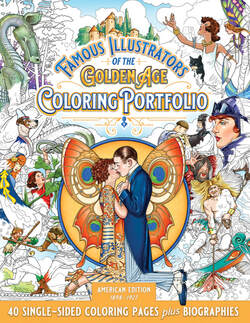
Categories
All
IllustratorsLinksArchives
May 2023
|
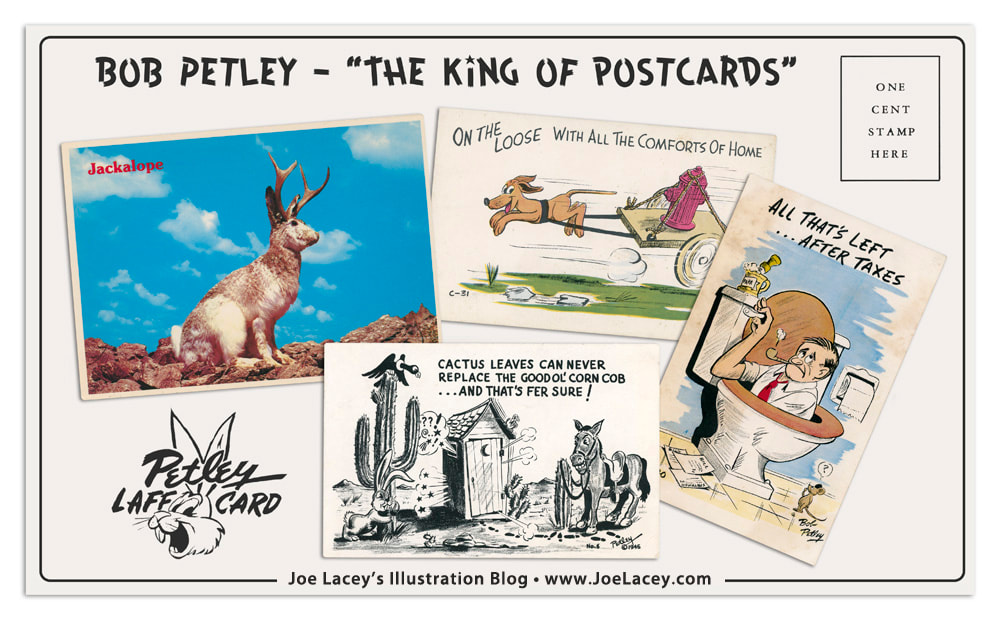
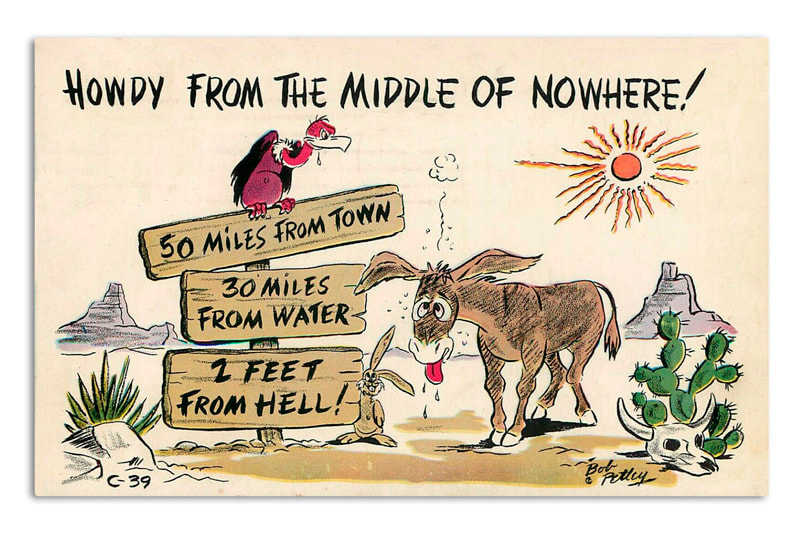
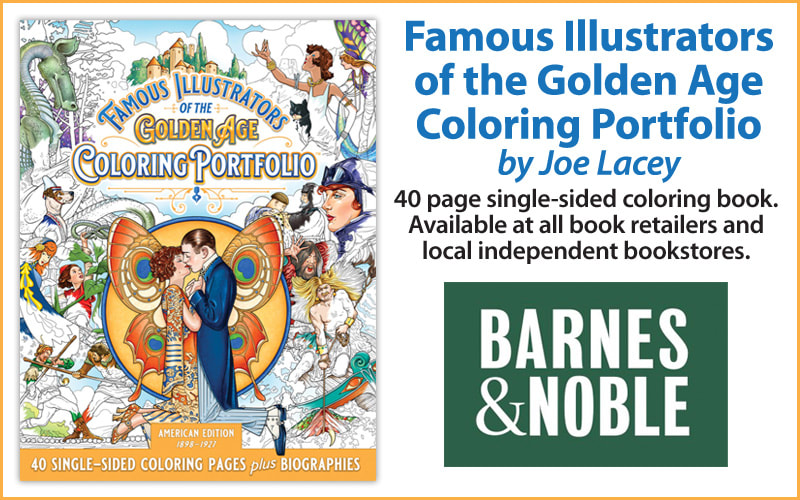
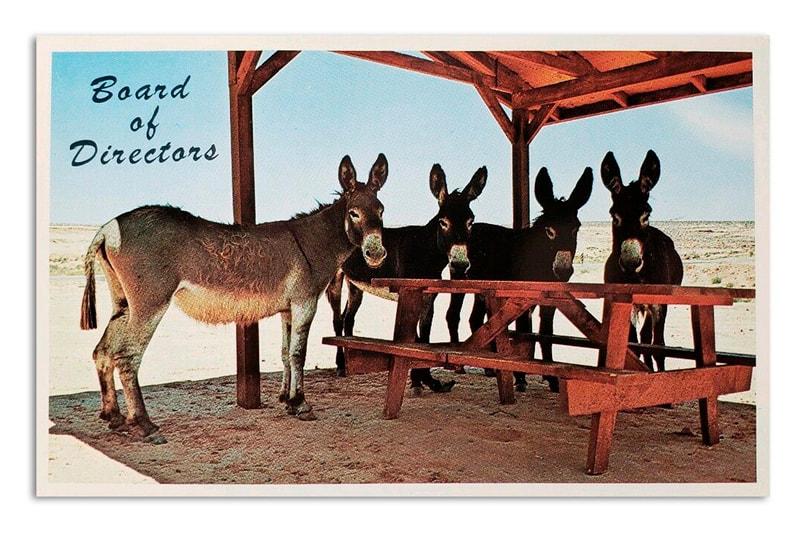
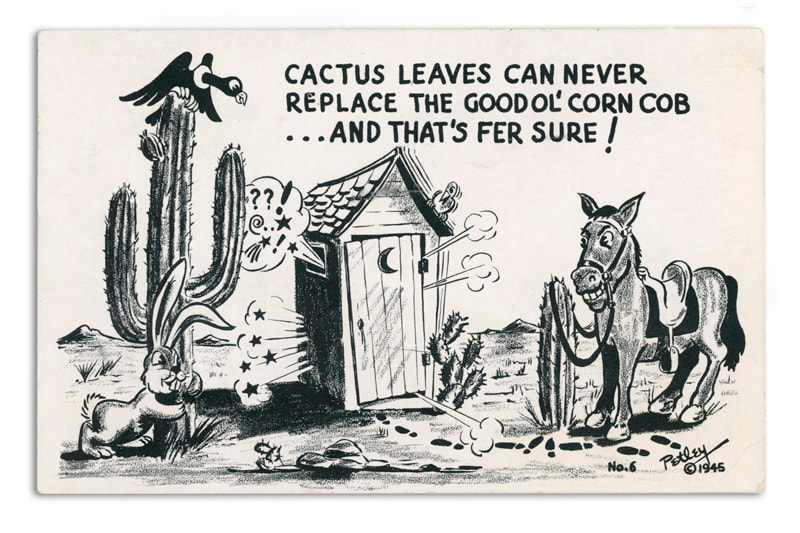
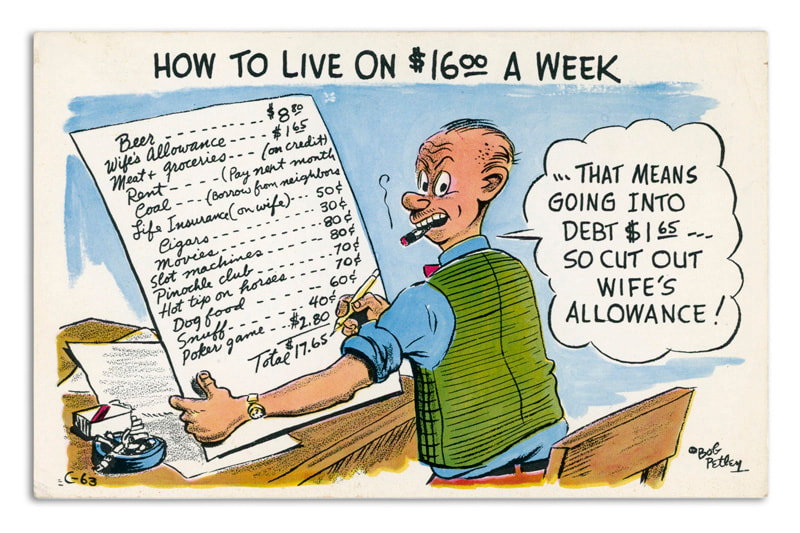

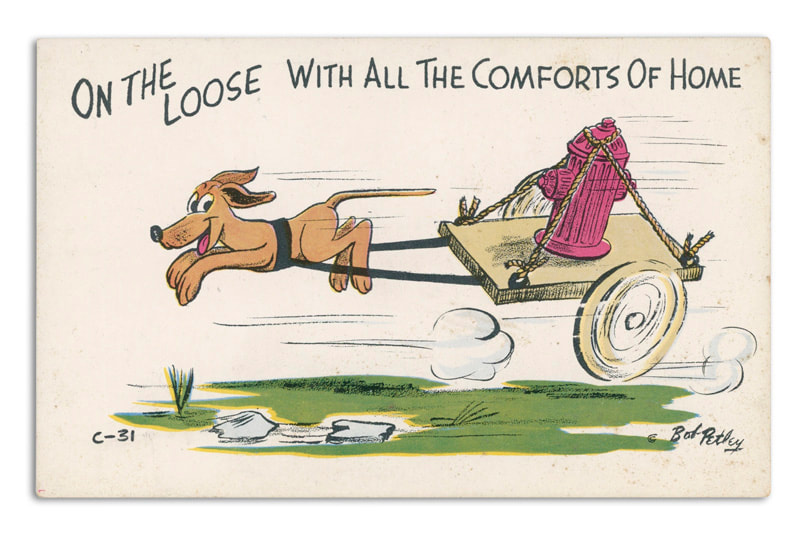
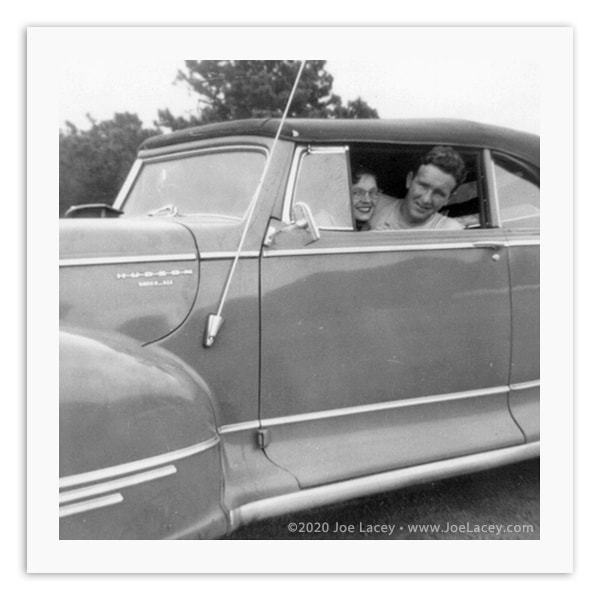
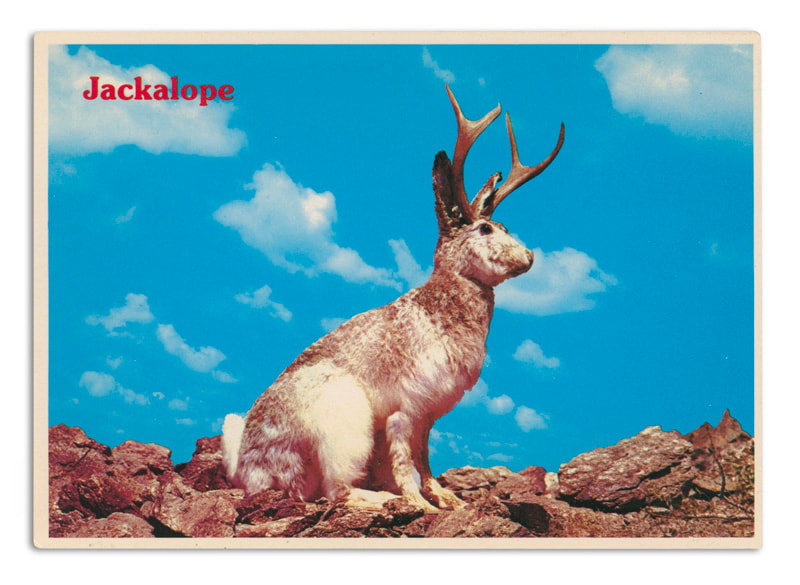
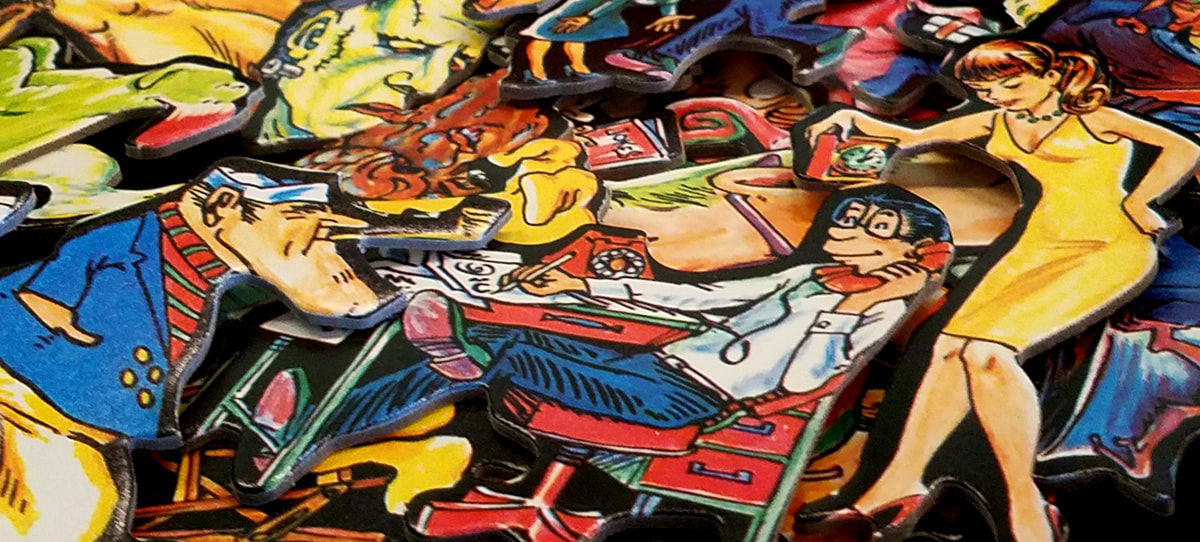
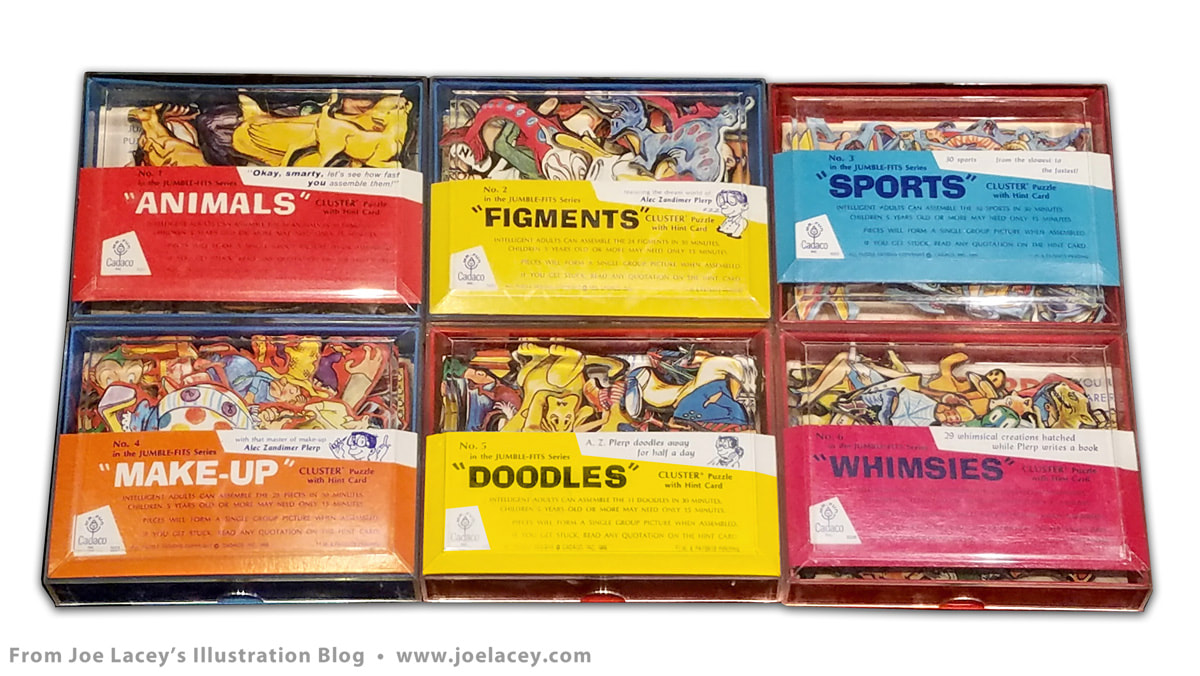
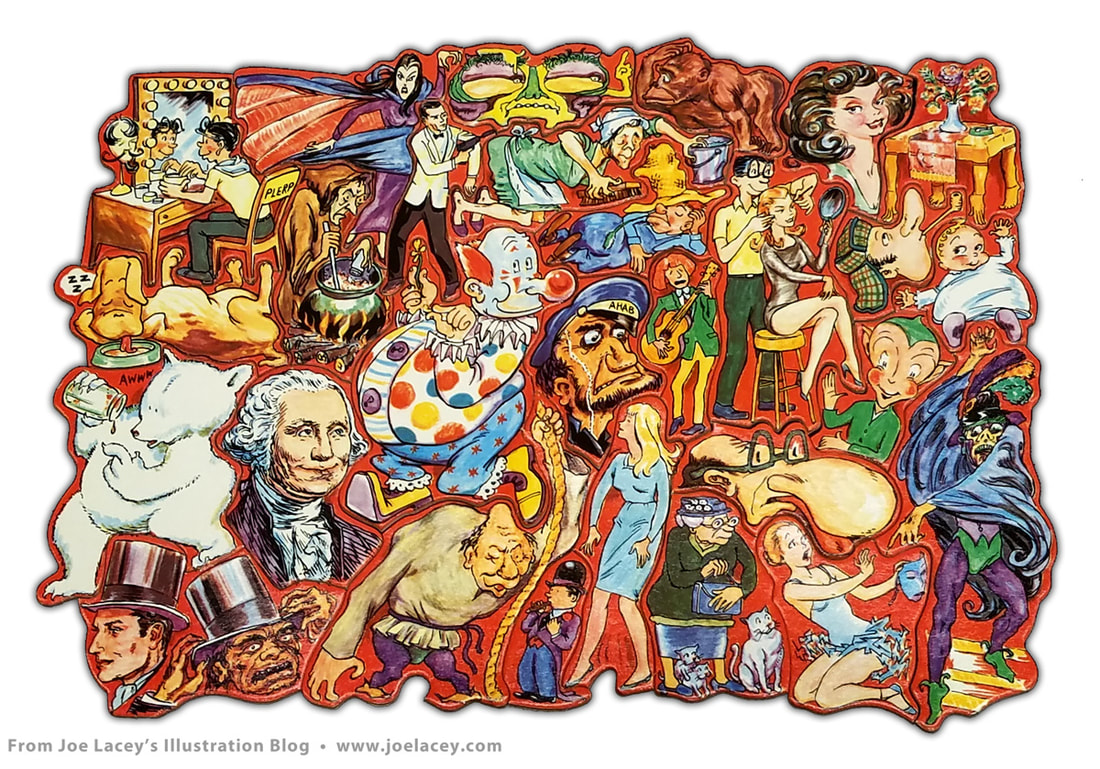
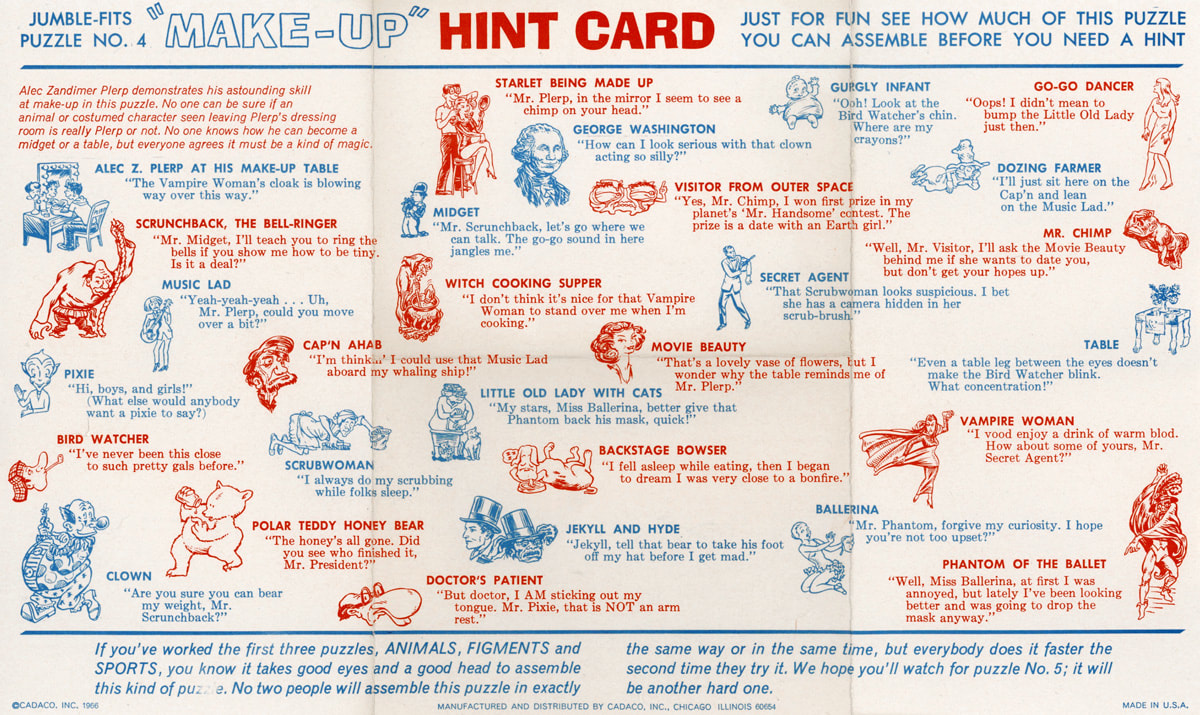
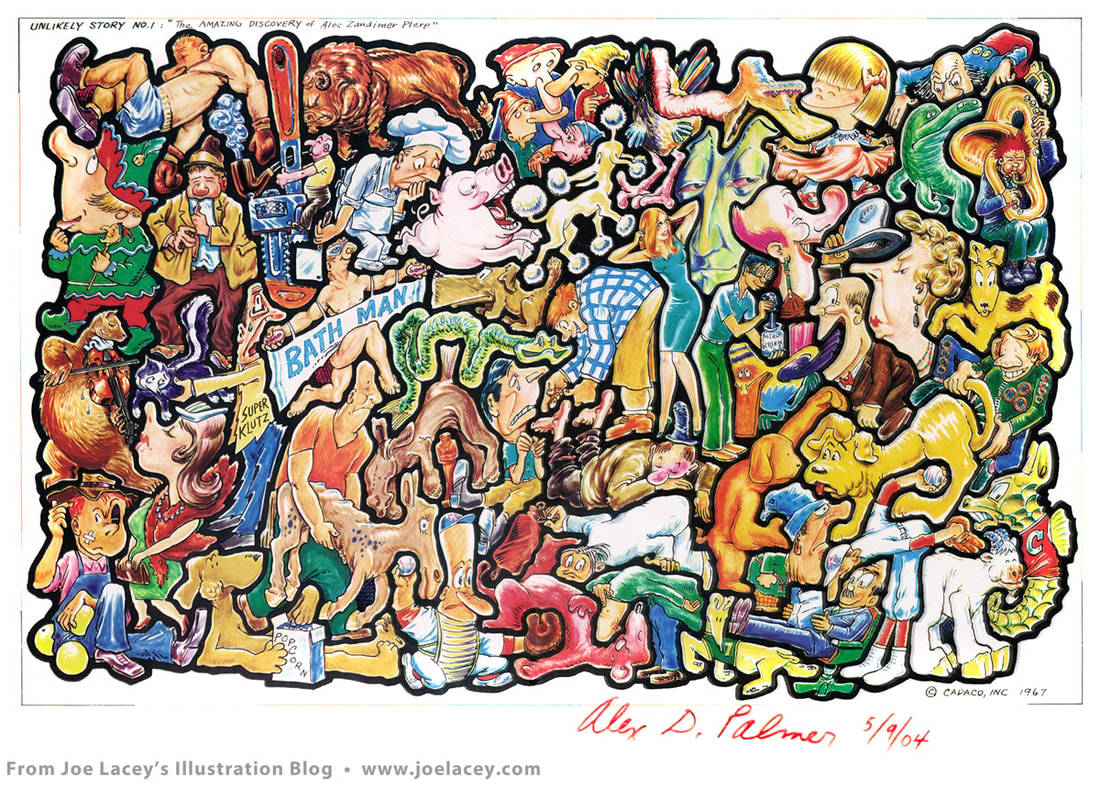
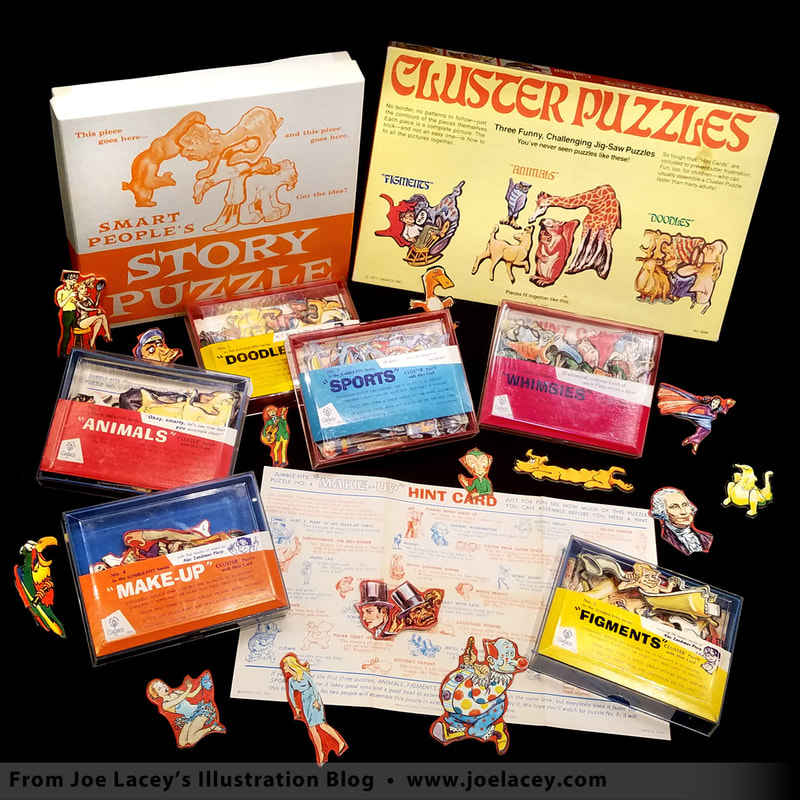
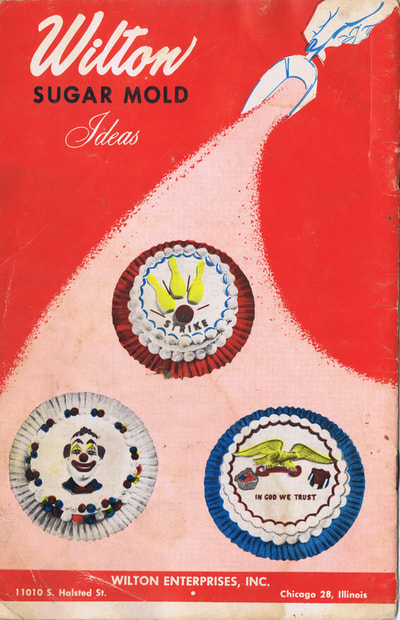
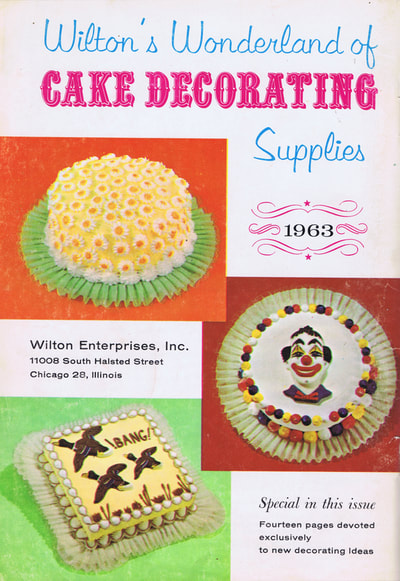
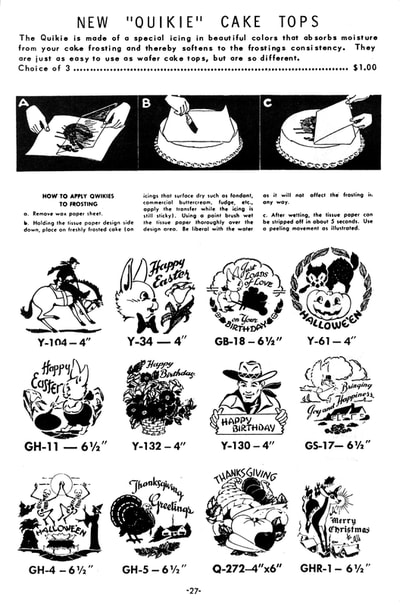
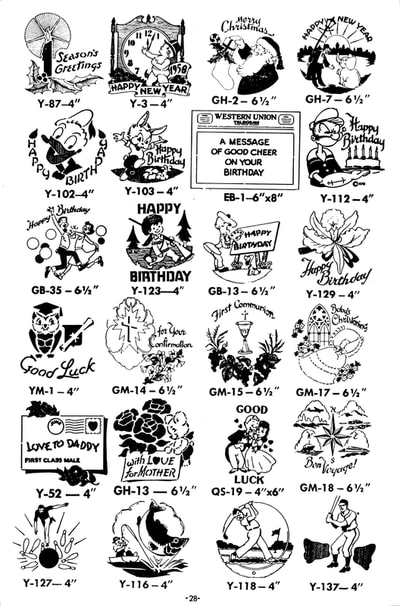
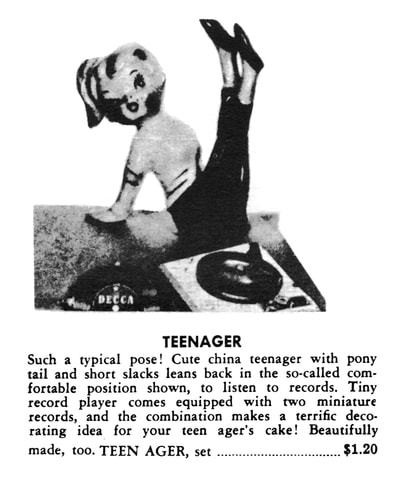
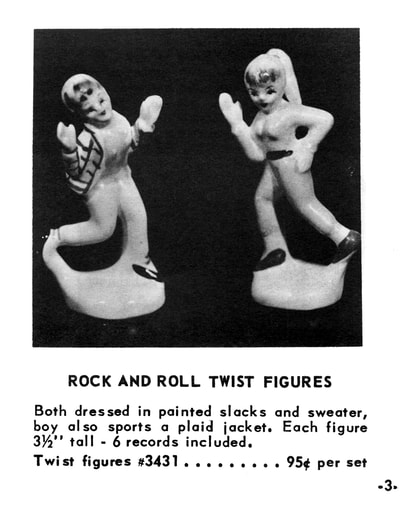
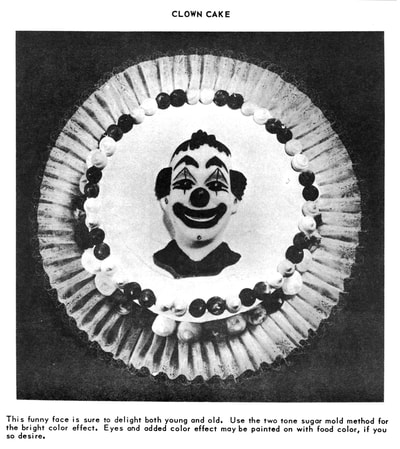
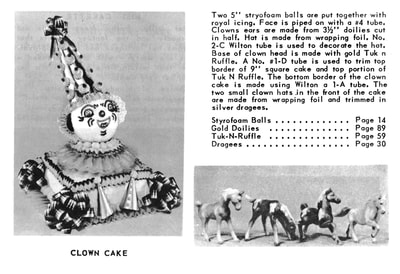
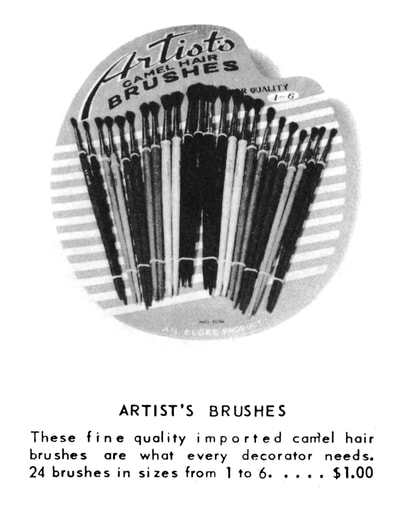
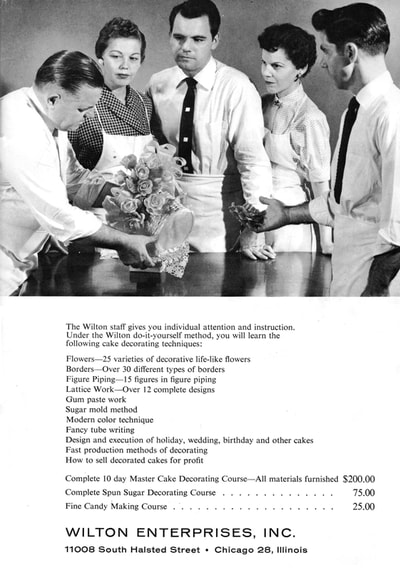
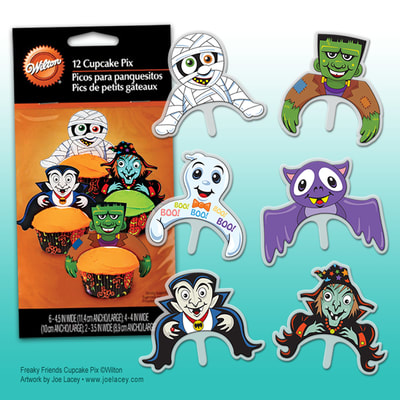
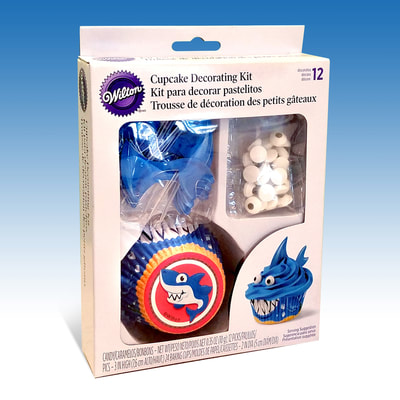
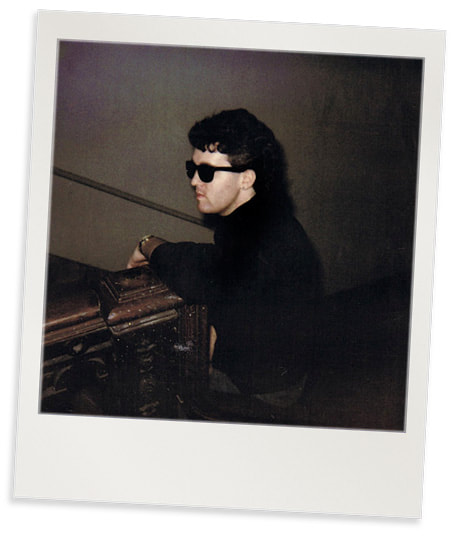
 RSS Feed
RSS Feed